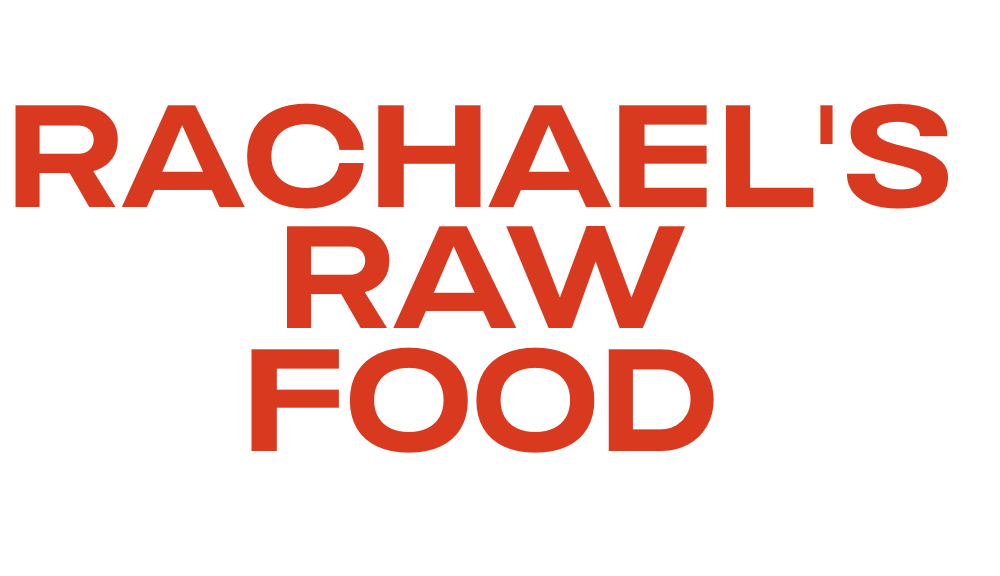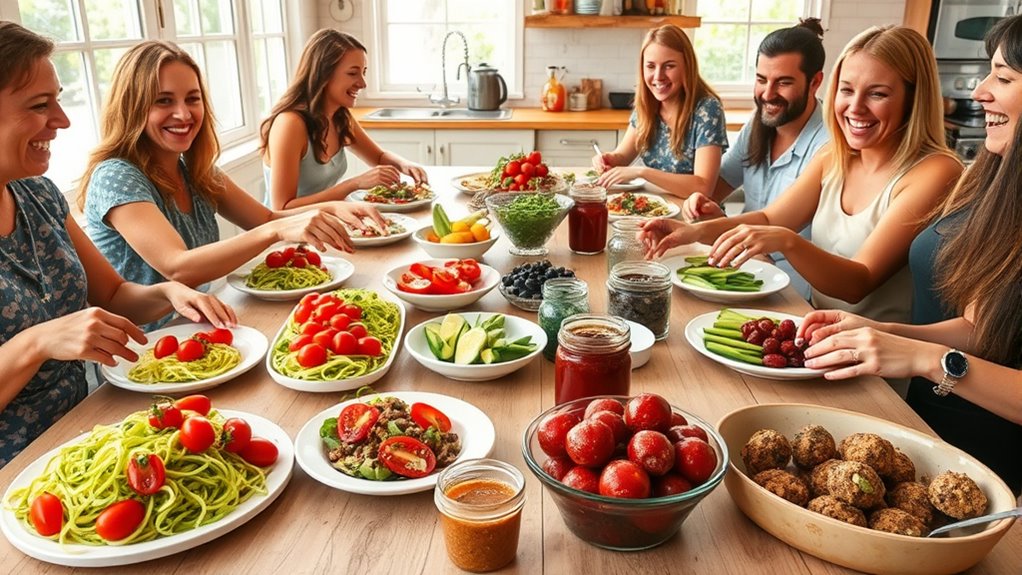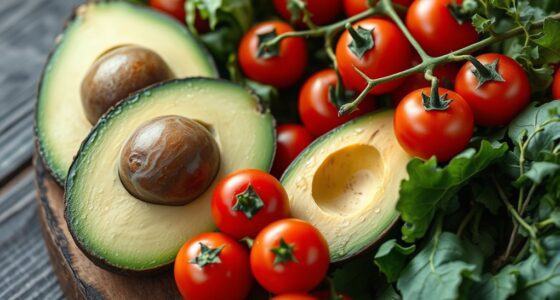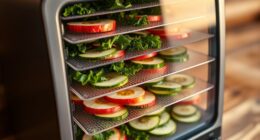Hosting a raw food recipe swap is a fun way to build community while sharing your love for healthy eating. Invite friends or local enthusiasts to exchange recipes, tips, and techniques using tools like spiralizers and dehydrators. Create a warm, interactive space where everyone feels comfortable tasting and asking questions. This shared experience sparks inspiration, encourages learning, and connects like-minded individuals. Keep exploring these ideas to discover more ways to foster engaging and supportive raw food gatherings.
Key Takeaways
- Organize an intimate gathering of raw food enthusiasts to foster open sharing and create a supportive community environment.
- Prepare essential kitchen tools like dehydrators, spiralizers, and sharp knives to facilitate diverse recipe demonstrations.
- Encourage participants to share both recipes and nutrition benefits, emphasizing superfoods and ingredient versatility.
- Set up tasting stations or communal tables to promote social interaction and collective learning.
- Maintain a relaxed, inclusive atmosphere that invites questions, discussion, and camaraderie around raw culinary arts.
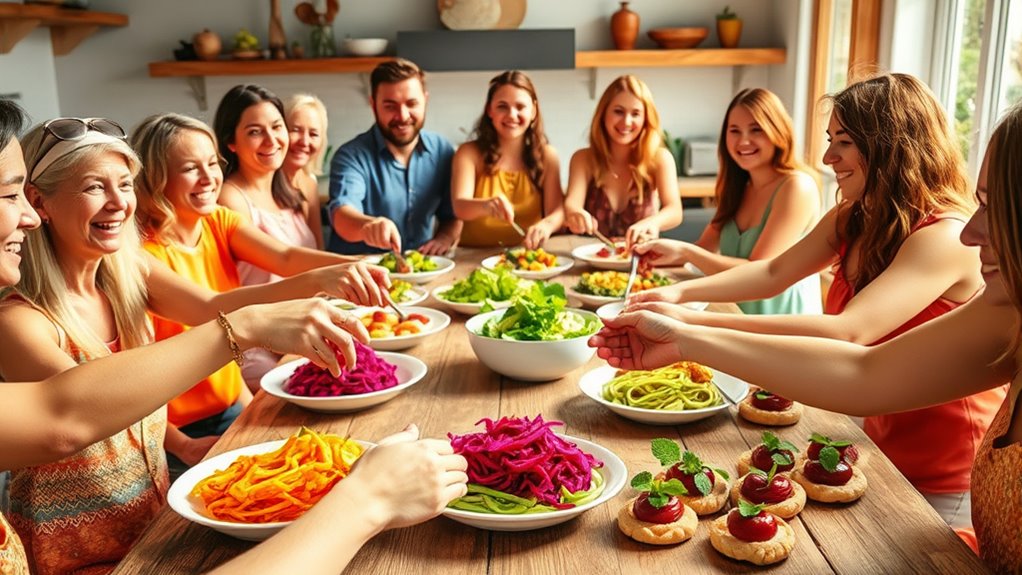
If you’re passionate about healthy eating, a raw food recipe swap is a great way to discover new ideas and connect with like-minded food enthusiasts. Whether you’re a seasoned raw food advocate or just starting to explore this vibrant culinary world, sharing recipes can deepen your understanding of nutrition tips while expanding your culinary repertoire. When hosting such an event, consider gathering a small group of friends or local raw food enthusiasts who are enthusiastic to exchange ideas. The goal is to create an inviting space where everyone feels comfortable sharing their favorite raw creations and learning from others.
Join a raw food recipe swap to share ideas, learn nutrition tips, and connect with fellow health-conscious food lovers.
Before the swap, prepare a list of essential kitchen essentials that will help everyone contribute their best recipes. These kitchen essentials include sharp knives for preparing fruits and vegetables, a food processor for making dips and spreads, a spiralizer for creating vegetable noodles, and high-quality dehydrators if you want to introduce dehydrated snacks or desserts. Stocking up on versatile tools makes it easier for participants to showcase their culinary skills and ensures that each recipe is presented at its best. Providing a few basic ingredients such as fresh produce, nuts, seeds, and dried fruits can also inspire creative combinations and help those who might not have immediate access to specialty items.
During the swap, encourage each participant to share not only their recipes but also the nutrition tips behind their creations. This helps everyone learn how raw foods contribute to overall health and wellness. For example, discussing the benefits of incorporating superfoods like chia seeds or flaxseeds can motivate others to include these nutrient-dense ingredients in their diets. Sharing insights on how different raw ingredients support digestion, boost energy, or improve skin health adds value to each recipe. Additionally, understanding the importance of color accuracy in visual presentation can inspire participants to create more appealing dishes that look as good as they taste.
Creating an atmosphere of camaraderie is key. You can organize small tasting stations or set up a communal table where everyone places their dishes. As people sample each other’s recipes, ask questions about ingredient choices, preparation methods, and flavor combinations. This fosters conversation and allows everyone to learn practical nutrition tips that they can incorporate into their daily routines. Remember, the goal is to build community through sharing—so keep it relaxed, inclusive, and fun.
Frequently Asked Questions
How Do I Ensure Food Safety During the Swap?
To guarantee food safety during your swap, you should follow strict handwashing protocols before handling ingredients and serving food. Emphasize the importance of sourcing fresh, high-quality ingredients from trusted suppliers to avoid contamination. Keep raw foods at appropriate temperatures, and clearly label all dishes. Encourage participants to practice good hygiene and use clean utensils. These steps help prevent foodborne illnesses and promote a safe, enjoyable sharing experience.
What Are Some Creative Ways to Present Raw Dishes?
Imagine your raw dishes as blank canvases waiting for artful plating. You can elevate their appeal with vibrant garnishes, colorful vegetable spirals, or layered bowls for creative presentation. Just like a painter chooses bold strokes, you can use contrasting textures and shapes to make each dish a visual masterpiece. This approach not only sparks excitement but also encourages others to experiment with their own raw food creations.
How Can I Accommodate Dietary Restrictions at the Event?
To accommodate dietary restrictions, you should clearly label all raw dishes with ingredients and potential allergens. Offer a variety of gluten-free options and nut-free alternatives to guarantee everyone feels included. Communicate with your guests beforehand to identify specific needs, and include versatile recipes that can be easily modified. This thoughtful approach helps create an inclusive, enjoyable event where everyone can share and savor the raw food experience comfortably.
What Tools or Equipment Are Essential for Raw Food Prep?
When prepping raw food, you’ll need essential kitchen gadgets like high-quality knives, graters, and a food processor to handle vegetables and fruits efficiently. Make certain you have proper ingredient storage containers to keep ingredients fresh and organized. These tools help you prepare dishes quickly, maintain freshness, and ensure safety during raw food prep. Investing in reliable gadgets and storage options makes your process smoother and more enjoyable.
How Do I Encourage Shy Participants to Share Recipes?
You can encourage participation and help overcome shyness by creating a welcoming environment. Start by sharing your own recipes and stories to set an example. Use gentle prompts and ask specific questions to invite input without pressure. Recognize every contribution warmly, making shy participants feel valued. Keep the atmosphere relaxed, and remind everyone that sharing is about community, not perfection, which encourages even the most reserved to open up.
Conclusion
As you gather your vibrant dishes and share stories, imagine the colorful platters lighting up the room like a garden in full bloom. Feel the warmth of new connections blossoming around you, sweet scents mingling in the air. With every bite, you’re not just savoring raw goodness but also nourishing a community rooted in trust and shared passion. This simple act of swapping recipes plants seeds of friendship, growing stronger with each fresh, lively exchange.
